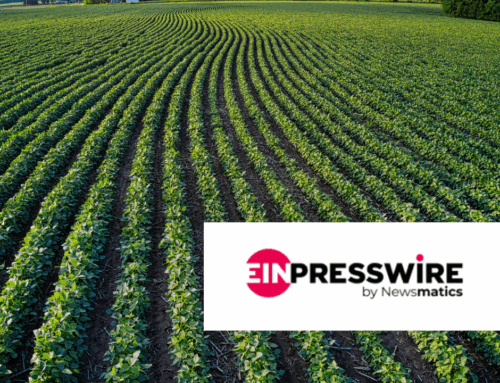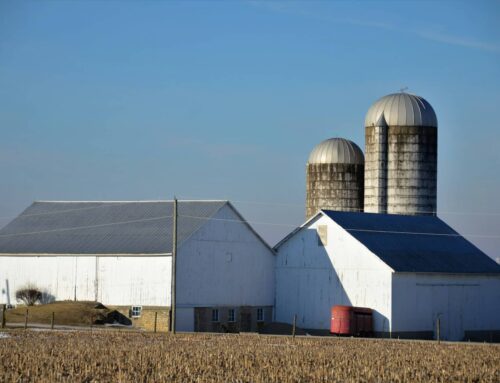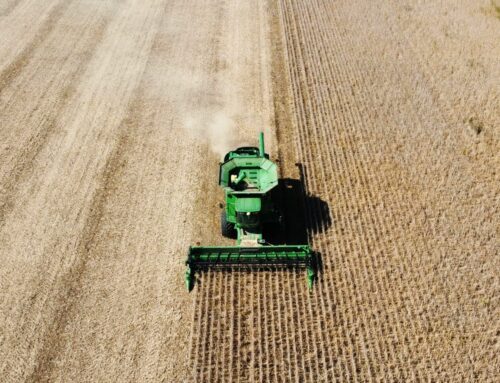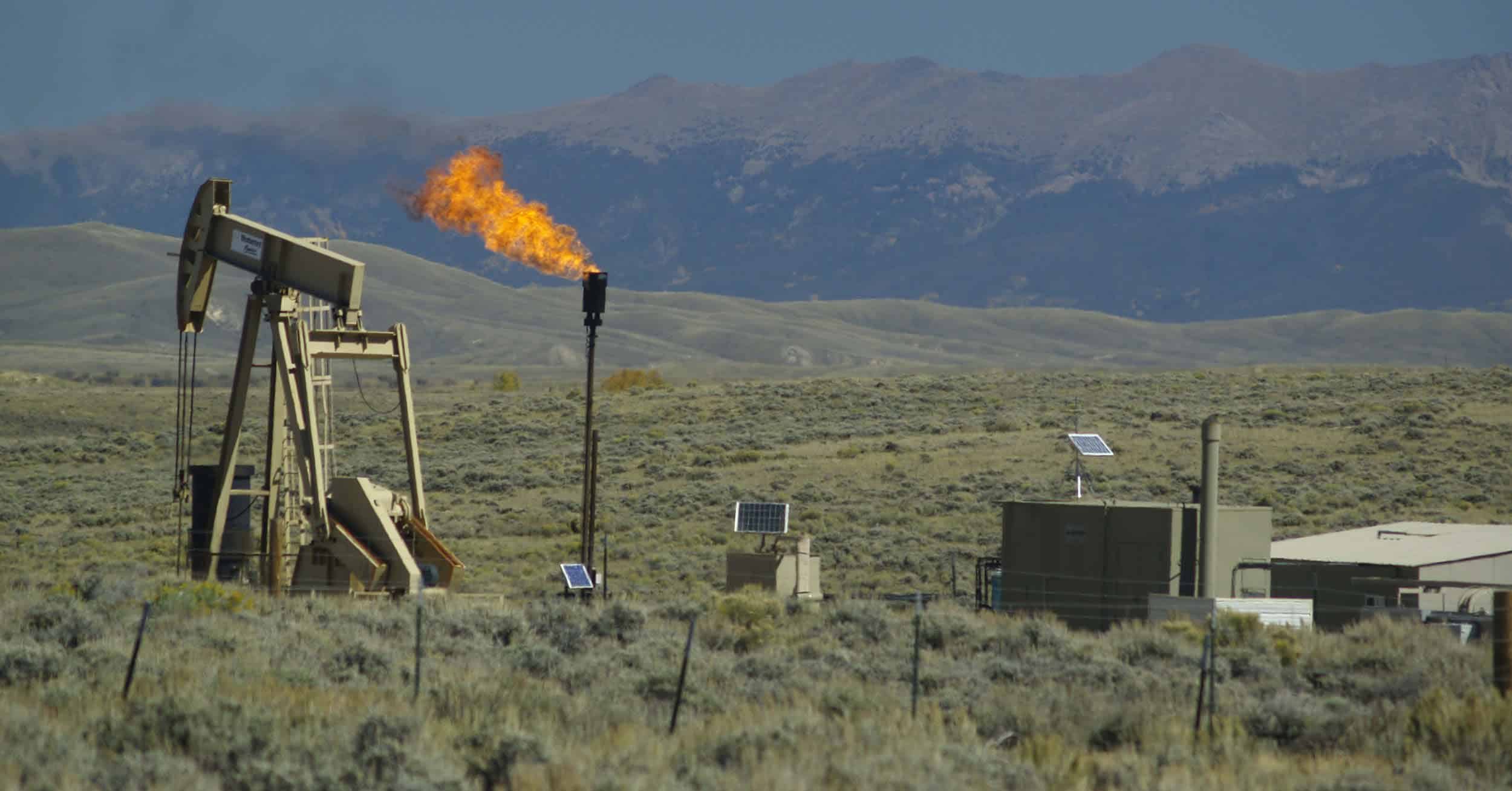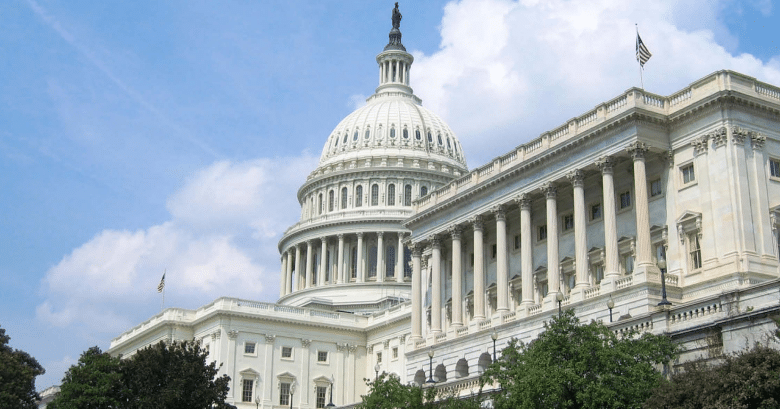It’s planting season across the country, and in Washington the Agriculture Committees are preparing the legislative fields for a new farm bill.
Through a series of hearings, public statements, and official letters, committee members are sowing seeds of misinformation about growing costs from recently created agricultural income subsidies. Tales of spectacular savings and budgetary sacrifice are cast about as committee members and commodity group lobbyists demand “budget flexibility” (aka ignoring costs) as they plow ahead writing the next bill. Instead, lawmakers must exercise fiscal responsibility in designing farm programs tailored to what taxpayers need and can afford, rather than ones simply aimed at agribusinesses harvesting more cash.
A quick reminder on the farm bill. Passed every five or six years, the farm bill is the primary legislative vehicle to direct subsidies to farmers, ranchers, and to the nation’s nutrition programs. The last one passed in 2014 clocked in at a projected $956 billion over 10 years. While about 80 percent of that was designated for nutrition, the next largest sums went to federally-subsidized insurance for farmers’ income, additional income guarantee programs for growers of certain “commodity” crops (like corn and rice), and conservation programs.
The 2014 farm bill was supposed to be different because its backers claimed it would reduce spending. The new programs, when compared to what they replaced, were calculated to weed out $16.6 billion, not a minor sum. Except that to get that “savings” we’d have to spend $956 billion. And spending would actually increase the first year ($2.1 billion) with the aggies promising to find $18.7 billion over the next nine. Also most programs were only authorized for 5-years, meaning a new farm bill with new programs and costs would replace those projections for 2019-2023. As experts in both Congressional and real-world math, we were skeptical, to say the least. In spite of our warnings the Ag committee spokesman told the New York Times, “The C.B.O. is the ultimate arbiter of the cost of legislation, not Taxpayers for Common Sense,” so Congress plowed ahead and passed the bill.
Three years later, promises are catching up to reality. According to the nonpartisan Congressional Budget Office’s most recent update there is savings, it’s just not happening on the farm. Nutrition programs originally slated for $8 billion in cuts over 10 years, are $13.5 billion less expensive than expected just over 2014-2016. Conservation programs aimed at reducing agricultural pollution and increasing wildlife habitat faced a $208 million cut over the bill’s 2014-2018 authorization, but are already $2.8 billion under budget. This is just cash out the door. Add in updated projections and 95% of all farm bill program savings, $33 billion, is slated to come from programs other than agricultural income subsidies.
This shift in savings matters because the 2014 farm bill got over the finish line not because of general “savings,” but because it promised to reduce egregious subsidies to agricultural businesses. The biggest savings was eliminating the Direct Payments program, which annually sent $4.5 billion in checks to owners of farm land, regardless of economic conditions. Replaced with “shallow loss” programs tied to market prices and able to change each year, taxpayers were supposed to net at least $14 billion in savings. This isn’t happening.
Shallow loss programs are digging deep into taxpayers’ pockets. ARC and PLC are $19 billion more expensive than advertised, making them more expensive than direct payments ($46 billion FY14-23). Livestock disaster programs are $4.9 billion over-budget. Subsidized crop insurance is projected to be less expensive, but the reductions don’t quite offset the increases.
The hearings thus far have laid bare that the priorities of the committees was and continues to be pretending to right-size the agricultural safety net while capturing as many tax dollars as possible. These massive cost overruns are seen as evidence that the programs were needed, even more than they knew! The few programs coming in under budget (Dairy -$615 million; Cotton-only crop insurance -$2.6 billion) are viewed as failures and the budgetary savings referred to as “some extra money there that had been budgeted that could be used” in increasing spending in the next farm bill. And that’s the crux. The Ag committees and interest group lobbyists aren’t looking to a 2018 farm bill to right-size farm bill programs closer to cost levels promised. They’re looking to increase spending on dairy, on cotton, in crop insurance, and even eliminate the “shallow” in shallow loss programs by having program payment targets be tied to the cost of production.
Taxpayers can afford to provide a financial safety net for agricultural businesses that is cost-effective, transparent, holds all parties accountable and is responsive to current needs. Taxpayers cannot afford for special interests to use savings from nutrition and conservation programs to mask massively over-budget income subsidy programs for agricultural businesses. The Ag committees need to craft a farm bill that delivers the income subsidy savings it promised, not one that simply harvests more cash from taxpayers.


